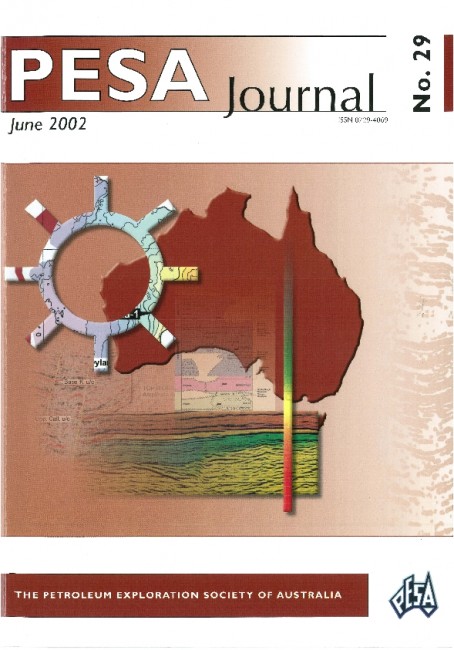Publication Name: PESA Journal No. 29
Authors: P.E. Williamson and D. Wright
Publication Volume: 29
Date Published: June 2002
Number of Pages: 14
Reference Type: Journal Article
Abstract:
The oil and gas exploration and development industry is asignificant Australian industry. In 2000 the value of oil and gas
produced was $10.5 billion. This meant that Australia remained
more than self sufficient in petroleum, contributing to economic
activity and avoiding the balance of payments pressure that
importing petroleum would represent.
There is thus a national incentive to maintain a healthy
petroleum exploration and production industry. Research and
development (R&D) for the upstream petroleum industry
however, needs to be targeted to the requirements of the
differing facets of the industry under the diverse conditions in
which the industry operates or could operate. These conditions
include changes in oi l prices and perceptions of prospectivity,
uncertain access to gas markets and the effects of international
agreements such as the United Nations Framework Convention
on Climate Change. Different petroleum companies also have
differing exploration and production portfolios and different
needs. Petroleum service industry companies try to meet
industry's needs. Governments have their own goals in
promoting and regulating the industry and derive considerable
revenues for economic rent applied to reserves held by the
Crown.
In the above context, a range of scenarios was considered in a
planning process prioritising future needs for petroleum research
and development in Austra lia. In this process two groups of
senior petroleum industry, research and government
representatives carried out scenario planning workshops in 1998
and 1999 to define scenarios and associated research and
development priorities to assist in planning and identifying
opportunities for petroleum research and development.
The results of this study highlight core areas of research and
development that are required under most of the scenarios.
These are considered highest priority and high priority areas.
Given the long time frame (in the order of ten years) needed to
develop and maintain research and development capability, this
highlights for government, academia and industry the sustained
effort needed for development and maintenance of capability
particularly in these core areas of research and development. In 1998 and 1999 when the workshops that formed the basis of
this study were undertaken, Australia was arguably in the 'low
oi l and gas price scenario'. This scenario puts an onus on
government to support regional studies to promote exploration
and most priority petroleum research and development. Under
this scenario support from industry is substantially aimed at
research that w i II reduce costs. Although oi I prices have
increased, coincident increases in stock market pressures for
competitive profits from the industry has arguably left the
industry in 2001 sti ll in the low oil and gas price scenario. Thus
there remai ns a strong need to maintain a local petroleum
research and development capabil ity to meet Australia 's needs.


